 Safaris
Bergsteigen
Wandern
Inselwandern Weltweit
Safaris
Bergsteigen
Wandern
Inselwandern Weltweit
 Europa
Inselwandern
Europa
Inselwandern
 Städtewandern
Städtewandern
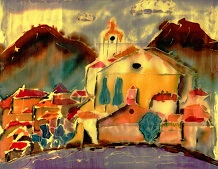 Paintings
Paintings Dirk Rauschenbach
Dirk Rauschenbach
 Safaris
Bergsteigen
Wandern
Inselwandern Weltweit
Safaris
Bergsteigen
Wandern
Inselwandern Weltweit
|
 Europa
Inselwandern
Europa
Inselwandern
|
 Städtewandern
Städtewandern
|
 Paintings
Paintings |
 Dirk Rauschenbach
Dirk Rauschenbach
|
|
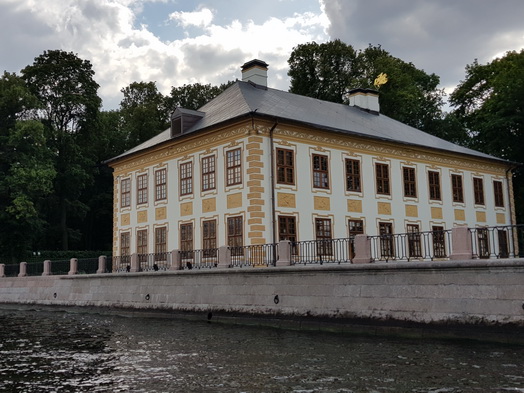 |
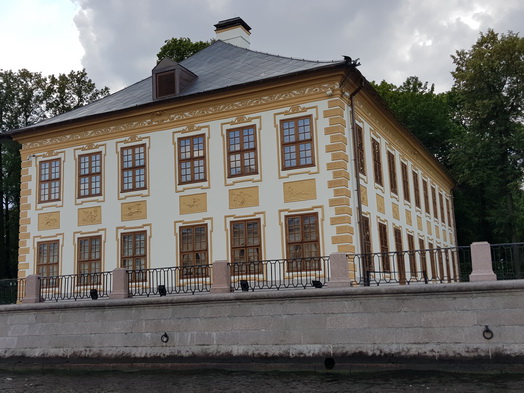 |
| St. Petersburg Sommer-Palais Peters des Großen Prachechnyy Most | St. Petersburg Sommer-Palais Peters des Großen |
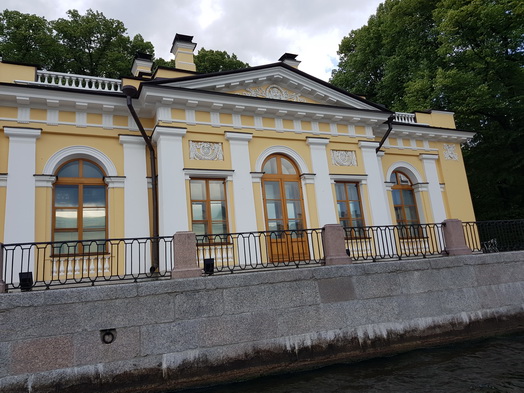 |
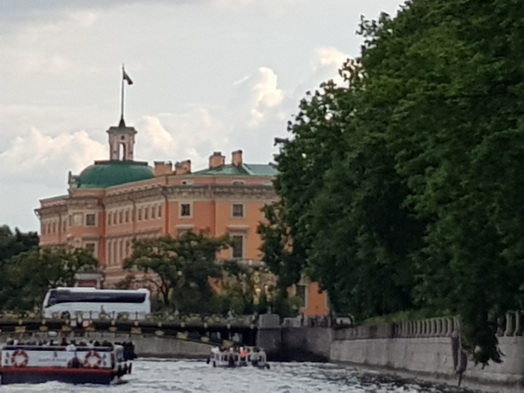 |
| St. PetersburgSommer-Palais Peters des Großen | St. Petersburg Panteleymonovskiy Most |
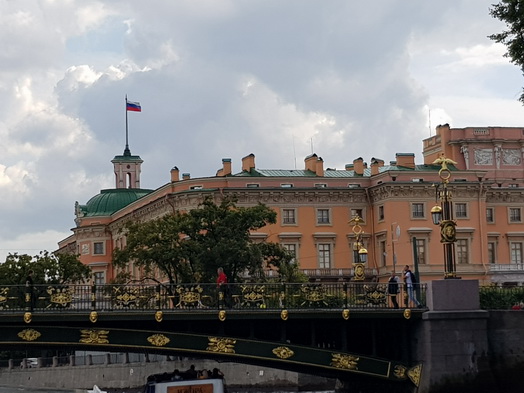 |
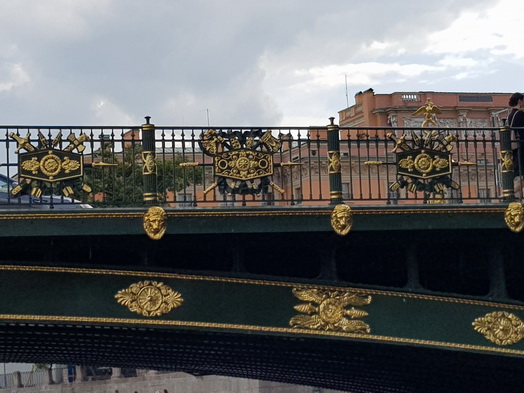 |
| St. Petersburg brücke Panteleymonovskiy Most | St. Petersburg Panteleymonovskiy Most |
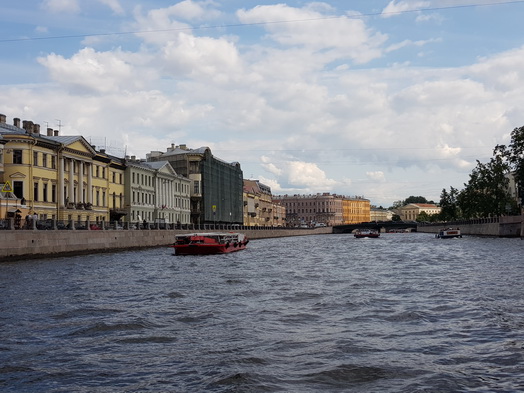 |
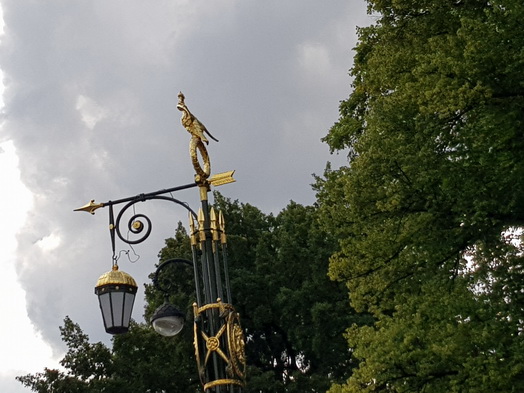 |
| St. Petersburg brücke Panteleymonovskiy Most | St. Petersburg Panteleymonovskiy Most |
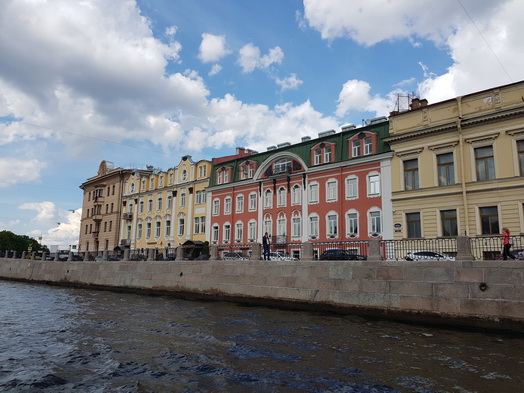 |
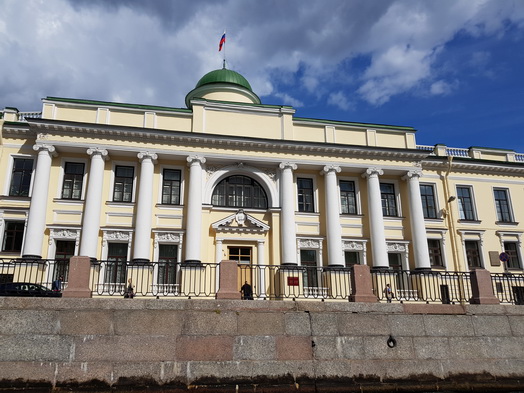 |
| St. Petersburg | St. Petersburg |
 |
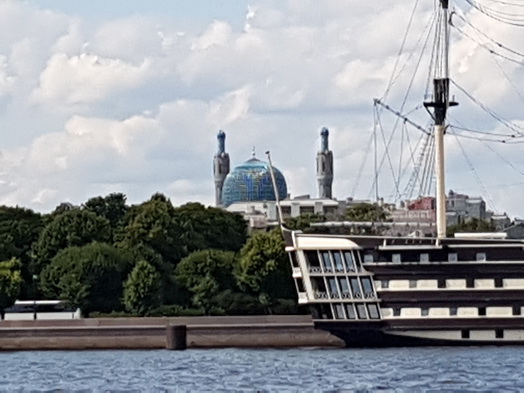 |
| St. Petersburg | St. Petersburg Moschee |
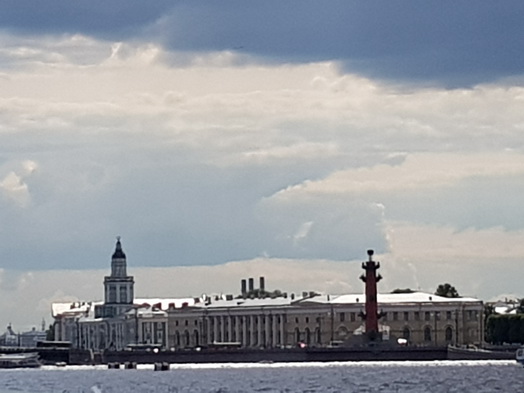 |
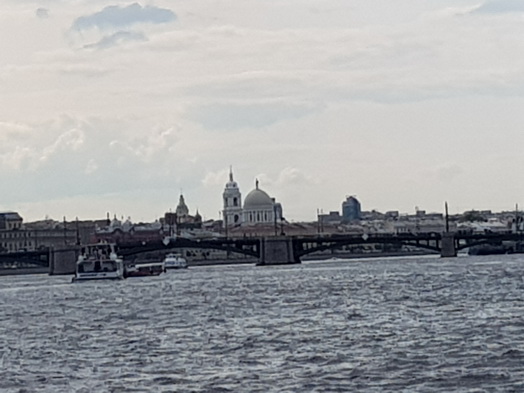 |
| St. Petersburg | St. Petersburg |
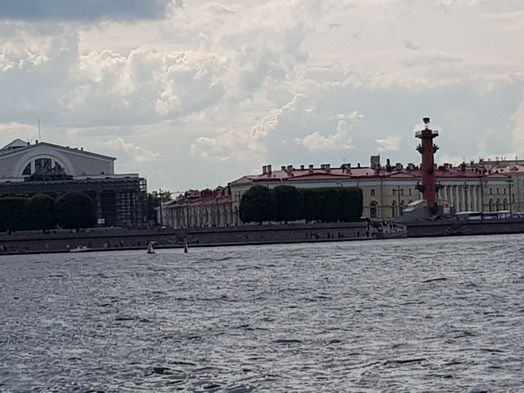 |
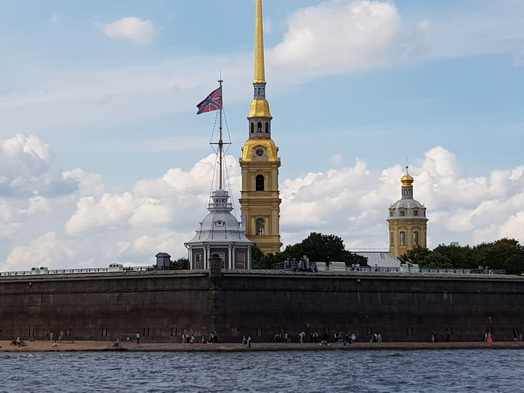 |
|
| St. Petersburg | St. Petersburg |
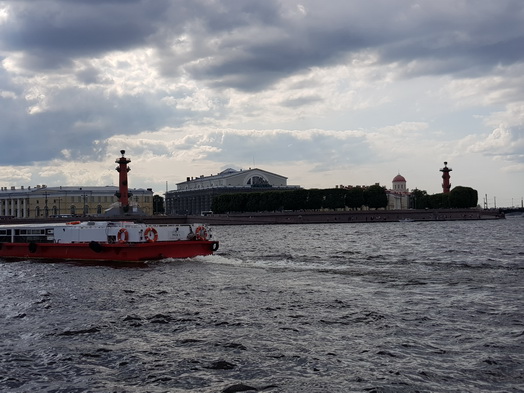 |
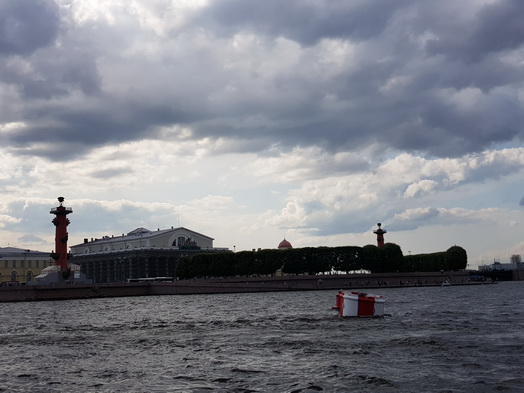 |
| St. Petersburg | St. Petersburg |
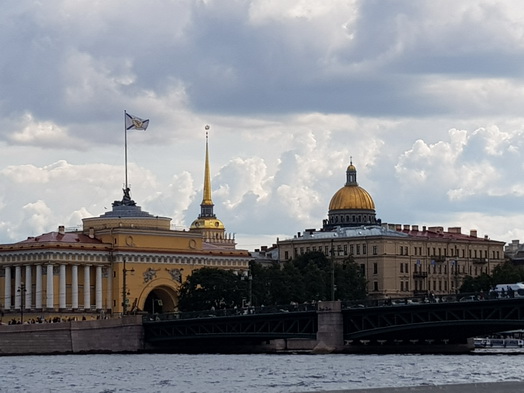 |
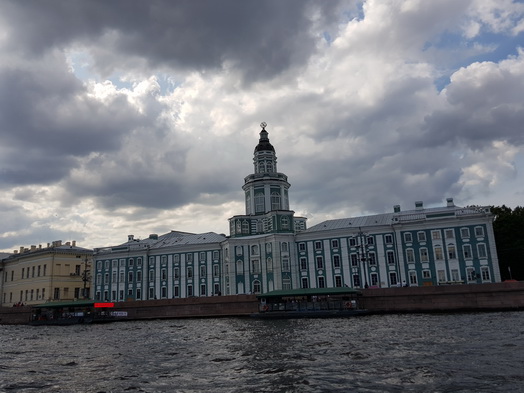 |
| St. Petersburg | St. Petersburg |
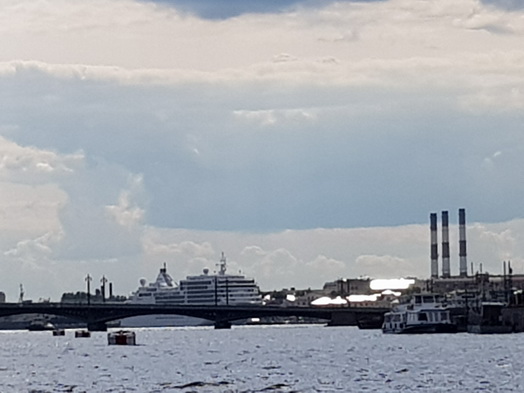 |
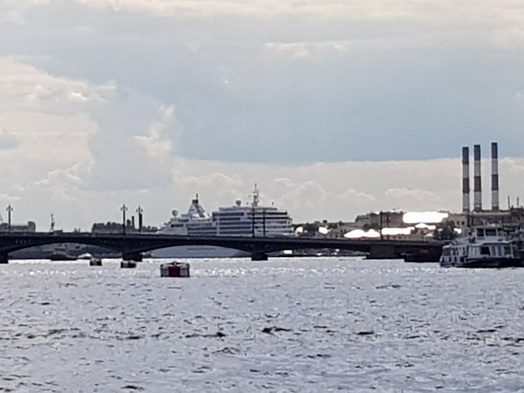 |
| St. Petersburg | St. Petersburg |
|
The Sommer-Palais Peters des Großen (Summer Palace of Peter the Great) in St. Petersburg, also known as Peter the Great's Summer Palace, is one of the historical landmarks that showcases the early stages of the city's development under Peter the Great. It was one of the first residences built for the tsar and is located in a charming park-like setting. Key Features of the Sommer-Palais Peters des Großen:
Fun Facts:
Conclusion:The Sommer-Palais Peters des Großen offers a fascinating glimpse into the life of Peter the Great and the early years of St. Petersburg as the tsar worked to establish his vision for a new, modern Russia. If you're interested in Russian history or Peter the Great's reign, visiting this peaceful and historically rich site is an excellent way to connect with the city's roots. |
![]() 26.07.25 Copyright Dirk
Rauschenbach Koelnerstrasse 293 51702 Bergneustadt
Datenschutzerklaerung 02261 9788972 Mail ccooly(
at) web.de
26.07.25 Copyright Dirk
Rauschenbach Koelnerstrasse 293 51702 Bergneustadt
Datenschutzerklaerung 02261 9788972 Mail ccooly(
at) web.de